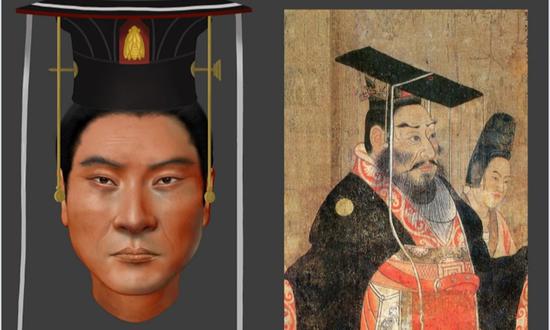
For the first time, the appearance of an ancient emperor has been reconstructed through technological archaeology. On Thursday, Fudan University's Institute for Archaeological Science and Shaanxi Provincial Institute of Archaeology revealed the reconstructed likeness of Emperor Wu of the Northern Zhou Dynasty (557-581).
According to trace element analysis, it is speculated that the premature death of the emperor, whose personal name was Yuwen Yong, might have been caused by long-term ingestion of alchemical elixirs, which led to arsenic poisoning and systemic illness.
Emperor Yuwen Yong (543-578 AD), from the Xianbei ethnic group, unified northern China before dying at the age of 36. His tomb is located in present-day Xianyang, Northwest China's Shaanxi Province.
The reconstructed image portrays him with black hair, light brown skin, and brown eyes, exhibiting the typical features of Northeast Asian and Eastern Asian ancestry, which is distinct from popular perceptions of Xianbei people as having lush yellowish hair, high noses, and other prominent facial features.
In 1993, the Shaanxi Provincial Institute of Archaeology stumbled upon a high-ranking Northern Zhou tomb in Xianyang. Subsequent excavations from 1994 to 1995 unearthed skeletal remains including the skull and limb bones, identified as belonging to Yuwen Yong, alongside artifacts affirming his identity.
The challenges of reconstructing the appearance of ancient Chinese emperors primarily lie in obtaining intact skulls and high-quality genomic data.
The team headed by Professor Wen Shaoqing from Fudan University's Institute for Archaeological Science utilized specialized ancient DNA capture probes to extract about 1 million usable genetic loci from Yuwen Yong's skeletal samples, enabling the recreation of crucial features such as hair, skin, and iris color. After six years of effort, the team crafted the emperor's likeness.
"Genealogical records suggest that Yuwen Yong's grandmother may have been descended from the Han group from the northern regions," said Wen. "The formation of the Xianbei ethnic group likely involved a dynamic process of multi-ethnic integration."
"This reconstruction of Yuwen Yong's appearance marks a pioneering milestone in historical research," remarked Professor Han Sheng from Fudan University's Department of History.
According to Han, the period of the Northern and Southern Dynasties (386-589) represents a profound era of ethnic integration in Chinese history. Technological archaeology not only provides evidence for related historical studies but also enhances the understanding of the diverse yet unified nature of the Chinese nation.










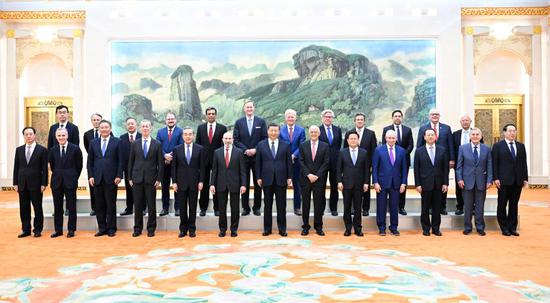

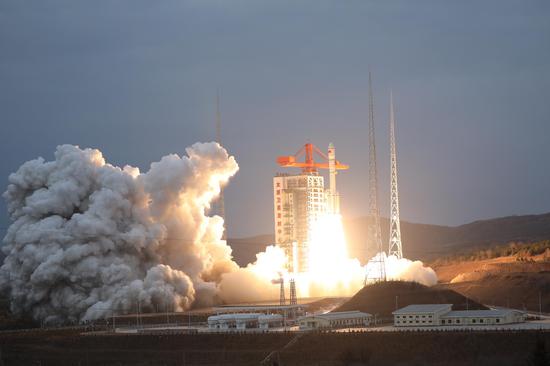




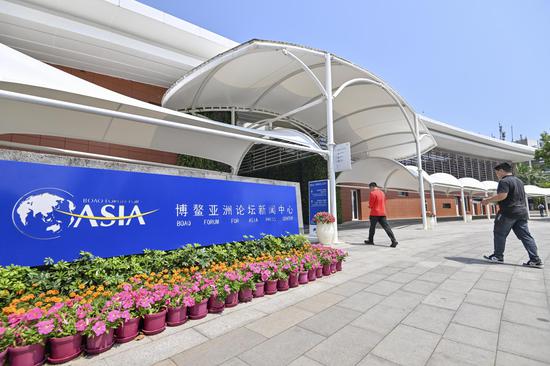
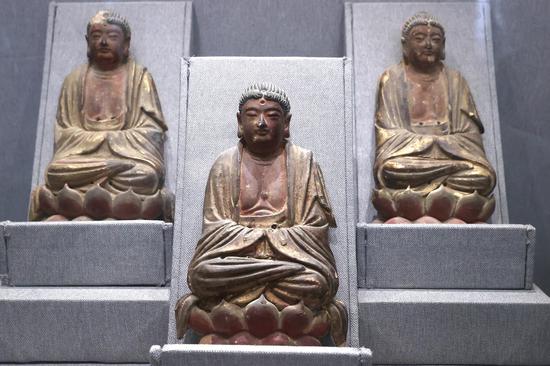


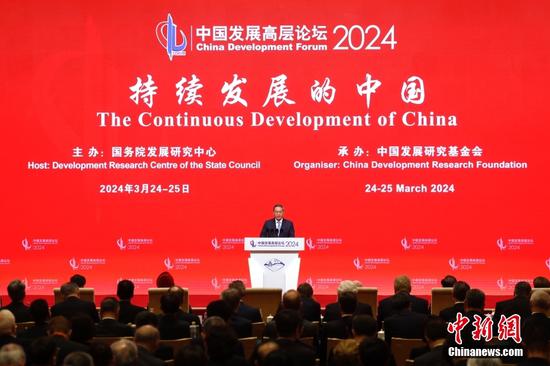






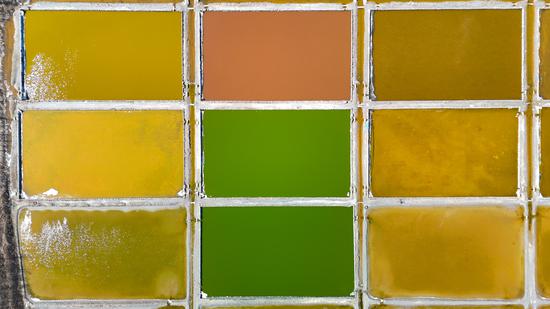






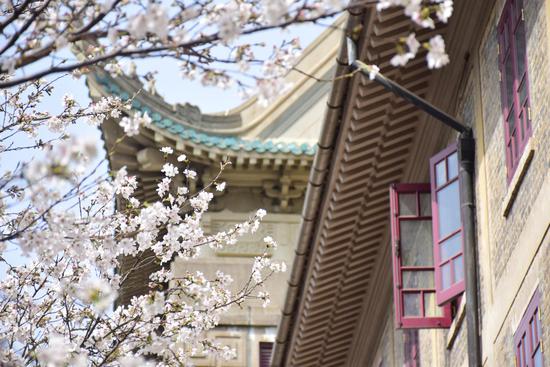
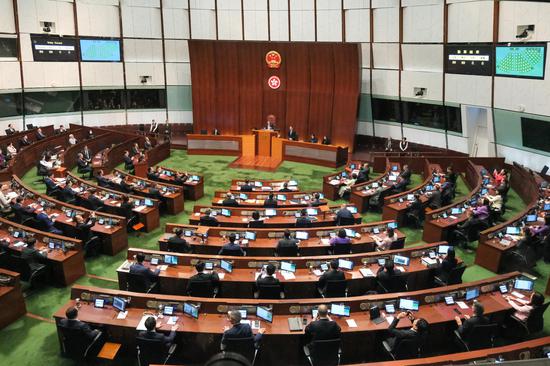

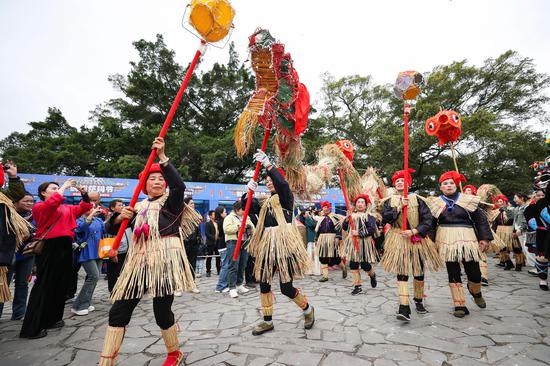


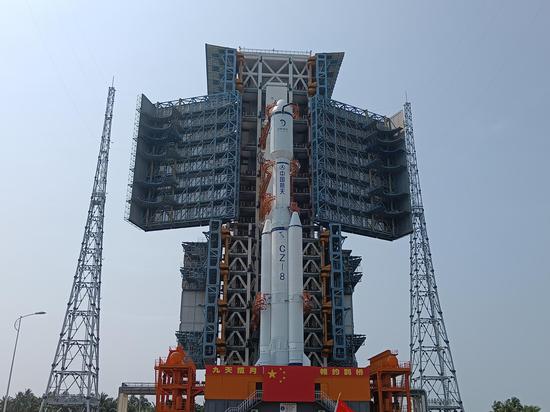
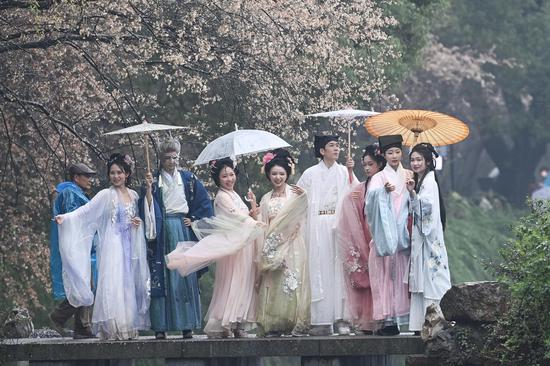





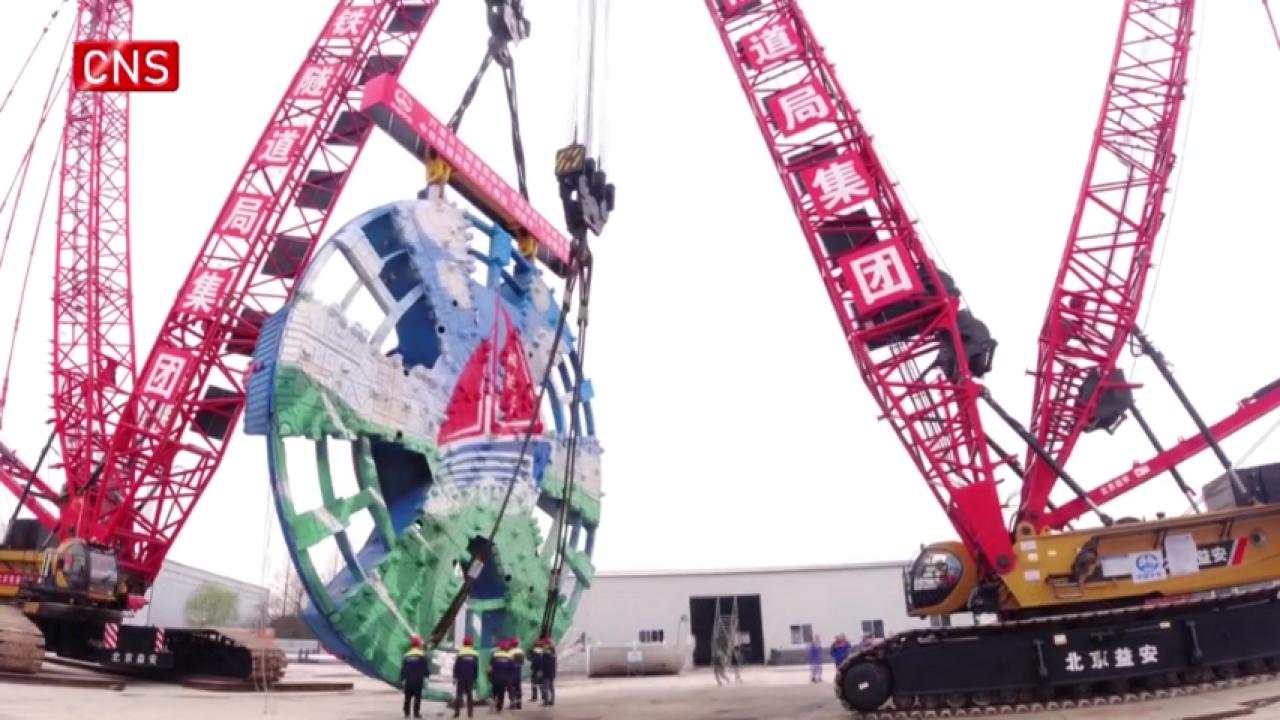

 京公网安备 11010202009201号
京公网安备 11010202009201号